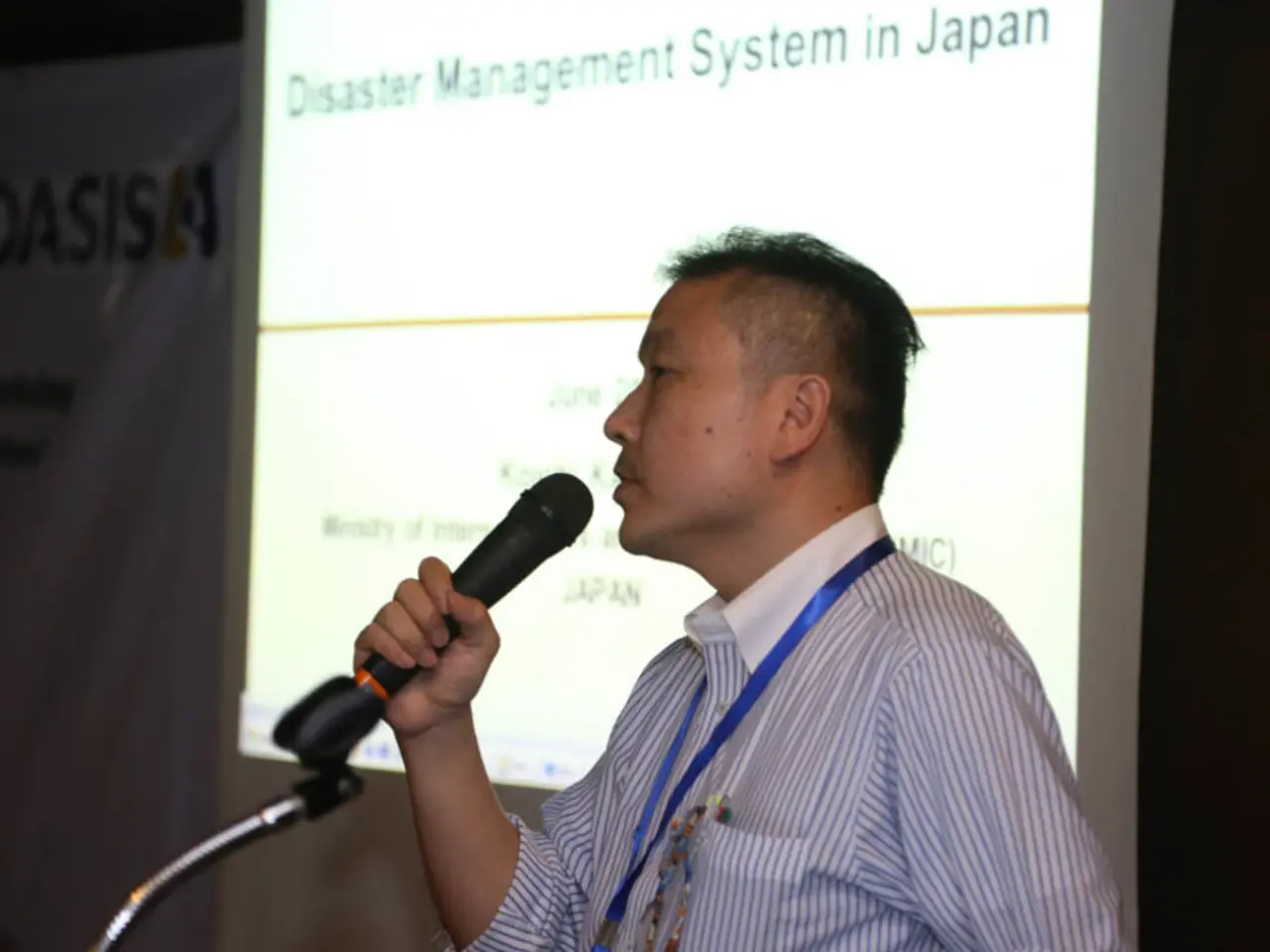Cash Access for Customers Cannot Be Restricted by Businesses
In the bustling archipelago of the Philippines, a debate is brewing over the shift towards cashless transactions. As major rail lines prepare to go cashless and digital payment tools like GCash and Maya become common in cities, concerns about inclusivity are rising.
Lawyer and CEO Russel Stanley Geronimo recently expressed his concerns on LinkedIn, highlighting the issue of stores refusing to accept cash. The outright denial of cash in transactions, he argues, contradicts the law and excludes those who cannot or do not use digital payments.
The New Central Bank Act and the Civil Code in the Philippines state that cash cannot be refused for goods and services. However, geography adds to the divide, as the Philippines is an archipelago of more than 7,000 islands, and hundreds of municipalities still have no physical bank presence. For many rural Filipinos, cash may be the only option due to limited access to digital payments.
When underbanked Filipinos are considered, the percentage increases to about 76% of the total population. Around 34 to 37 million Filipinos remain unbanked, which is around four in ten adults. This is the highest percentage of unbanked or underbanked individuals compared to other Southeast Asian countries like Indonesia, Vietnam, and Thailand.
The Bangko Sentral ng Pilipinas (BSP) is driving the shift towards digital payments with programs like Paleng-QR PH, QRPh standards, and cashless transport systems. However, advocates like Geronimo are pressing regulators for clear rules that protect consumers and ensure inclusivity. A hybrid model that keeps both cash and digital channels open is beneficial for businesses and avoids alienating cash users.
The BSP's efforts are not without merit. More than half of retail transactions in the Philippines are already digital. GCash recently rolled out "tap-to-pay" technology, making digital payments more accessible. Yet, the same debate about digital payments leaving people behind is now surfacing in the Philippines.
Internet access remains expensive and patchy compared to regional peers in the Philippines. This is a significant barrier for those who wish to adopt digital payments. During disasters, cash could be the only reliable medium, as digital systems often collapse.
As we approach the start of 2025, around 97.5 million Filipinos have internet access. However, this means roughly 16.2% are cut off from e-wallets or online banking privileges. Advocates are urging regulators to address this issue, ensuring that the digital shift does not leave anyone behind.
In a country where cash may still be king for many, striking a balance between digital progress and inclusion is crucial. The debate continues, with the hope that a solution that benefits all will be found.
Read also:
- Peptide YY (PYY): Exploring its Role in Appetite Suppression, Intestinal Health, and Cognitive Links
- Toddler Health: Rotavirus Signs, Origins, and Potential Complications
- Digestive issues and heart discomfort: Root causes and associated health conditions
- House Infernos: Deadly Hazards Surpassing the Flames




